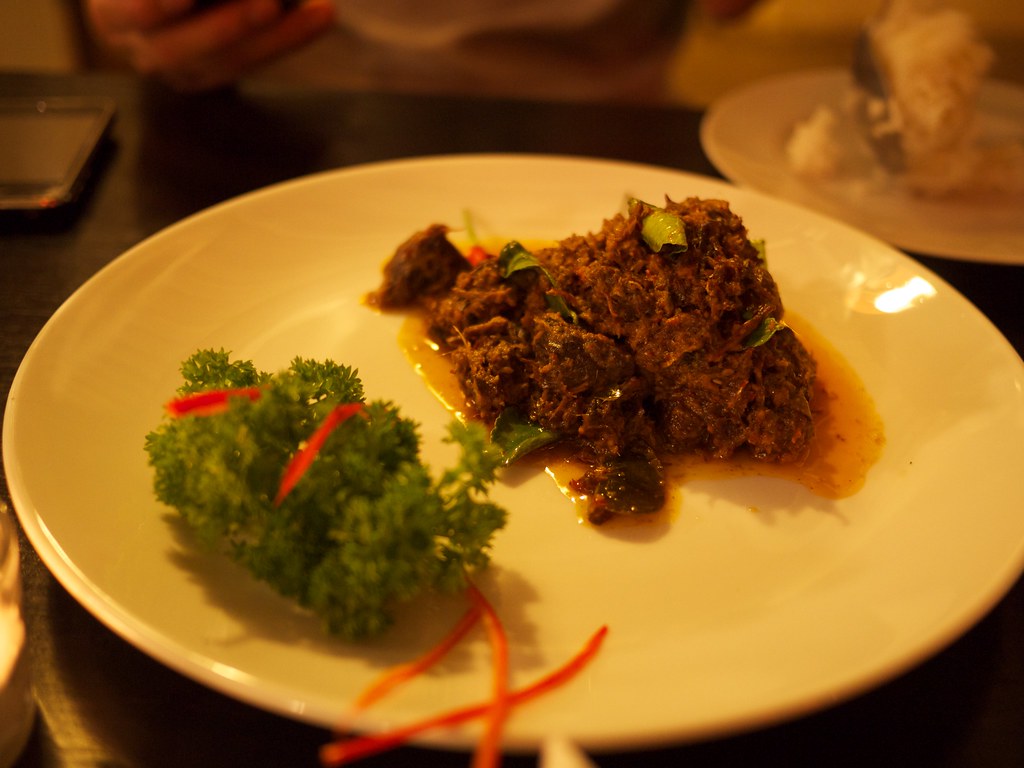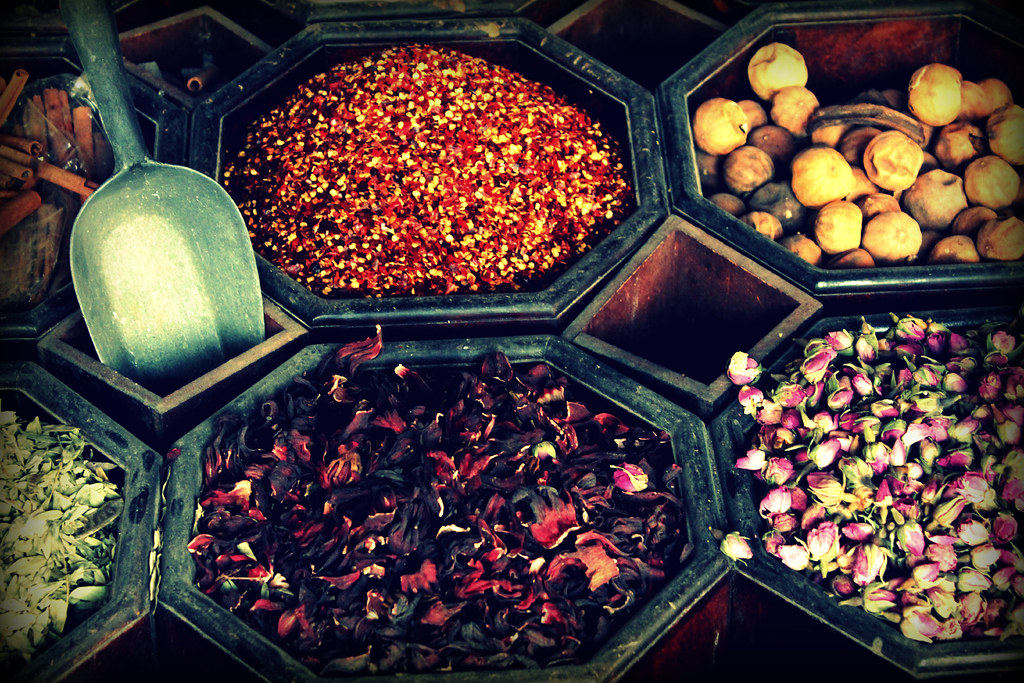JAKARTA — The streets of any Indonesian town or city are filled by the sound and smell of food, often cooked on the spot and sold for less than a dollar a plate.
Rima Sjoekri says she isn't a great cook, not even a good one. She never learned to cook when she was young — and is not the only Indonesian who feels that way. "I feel like my generation is the missing link in Indonesian cooking because we were raised to have a career outside of the home. We were raised to go beyond our kitchen," said Sjoekri.
But it was work that brought Sjoekri back to the kitchen. Other people's kitchens, and a lot of them. She has dedicated herself to recording recipes and secrets from inside kitchens all over Indonesia. She has put them together in an Indonesian cookbook that was recently launched.
"Do you remember, in our past we have probably all heard about grandma cooking with our mother in the kitchen, and she would be telling our mother about how things work in the kitchen, and how things work in the recipes," says Sjoekri. "So this book basically plays that role in today's world, where we live separately from our families earlier than our mothers did."
Indonesia is a vast and diverse country with more than 300 languages and 900 inhabited islands. Each area has its own set of specialties — from gudeg and jackfruit curry in the central Javan town of Jogjakarta to beef rendang in West Sumatra. Food is a crucial part of local culture and identity.

Beef rendang — Photo: Maythee Anegboonlap
Sjoekri says it's geography that determines different flavors and methods of cooking. "When I was researching this book I collected about 1,000 recipes from around Indonesia. And what I found was that on the western side of Indonesia, like Sumatra, Java, we do a lot more boiling, and on the eastern side of Indonesia we do a lot more grilling, and that has to do with the geography," she says. "Because on the western side the fresh water reservoir is a lot more available. And on the eastern side, given the islands are thin, we have more sea water than fresh water and they have no choice but to grill."
The use of spices, or "bumbu," that's common across the archipelago, and that defines Indonesian cooking.
"The artful part of our cooking is in the grinding of many spices together to make various varieties of bumbu. Because I think that this bumbu part is the most authentic part that we can claim to be ours, Indonesian cooking," she sys. "Otherwise we all borrow techniques from elsewhere. Like stir-fry comes from China. Fermentation comes from China also. The curry, the pastes, come from India or Persia. But the blending of spices, or the bumbu, is ours."
It's no coincidence that spices are fundamental to Indonesian cooking. Cloves, pepper, cinnamon and nutmeg are native to Indonesia, and they have shaped the history of the place, which was once known as the "Spice Islands." Dutch and Portuguese colonizers fought for domination of Indonesia's islands, exploiting the area and people so that they could sell the lucrative spices to build their empires.

Photo: Abibah Agianda
The flavor of Indonesian food these days owes a lot to colonial-era trade. "You know there is something funny about the spices. Because the spices that are home grown, that are native to here, like cloves, nutmeg and cinnamon, especially, those are the three key spices that people were looking for here but they are the ones least used in our recipes." Instead, chilies are widely used in Indonesian food, especially "sambals."
"Chilies are not from here. Chilies came in the 16th century when the Portuguese came. And yet we have adopted it so well," says Sjoekri.
In this steamy, tropical climate, specific combinations of spices are used to preserve food, and to kill bacteria. Take beef rendang for example. When family members leave their villages in West Sumatra to find work in the cities, they would be sent off with beef rendang in a lunch box. Even in the blistering heat, the meaty dish would last them several days as they made their way to the city.
These days it's not uncommon to send beef rending to family by post.
See more from Food / Travel here





